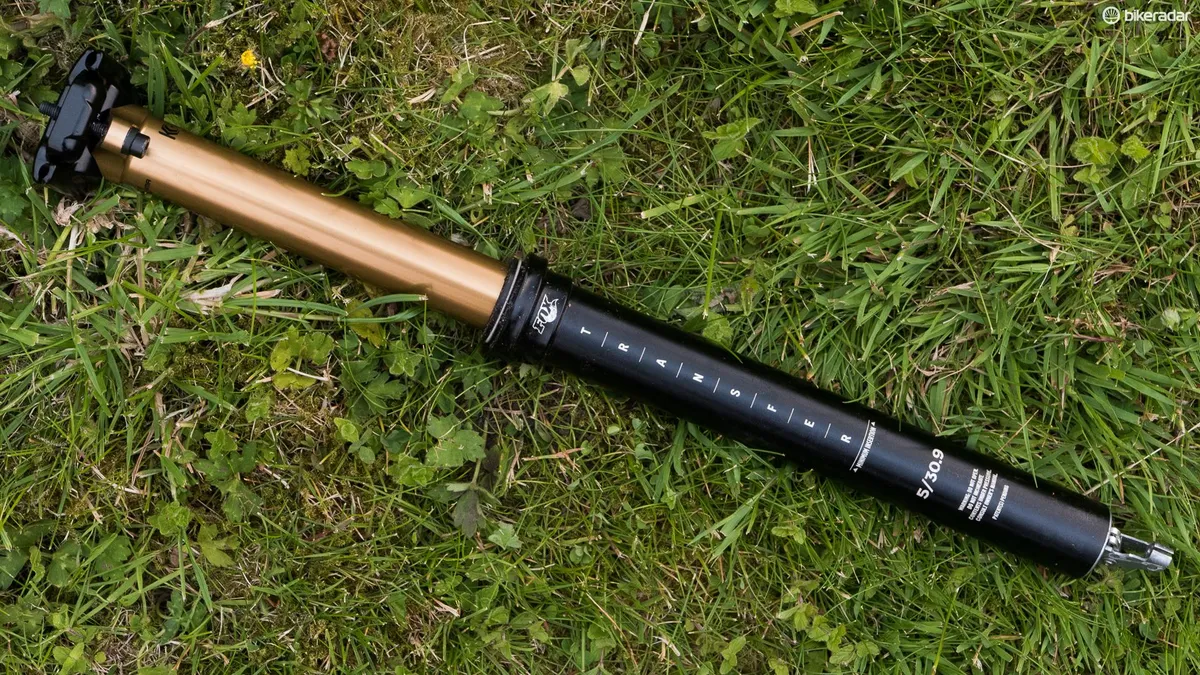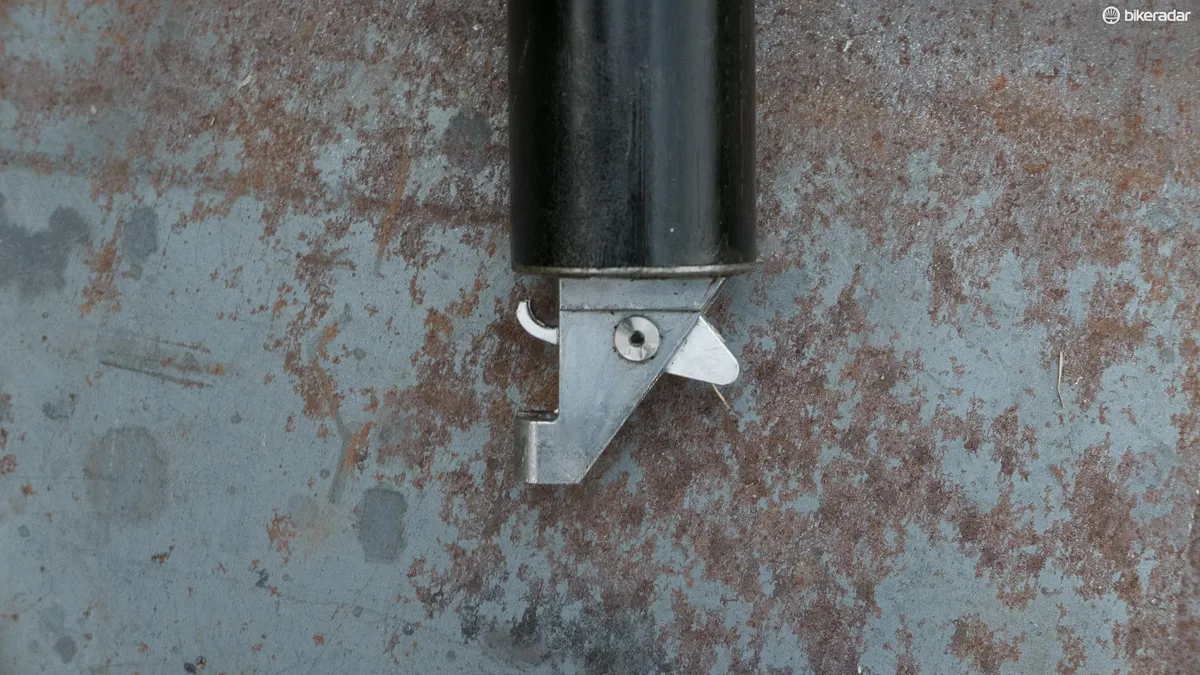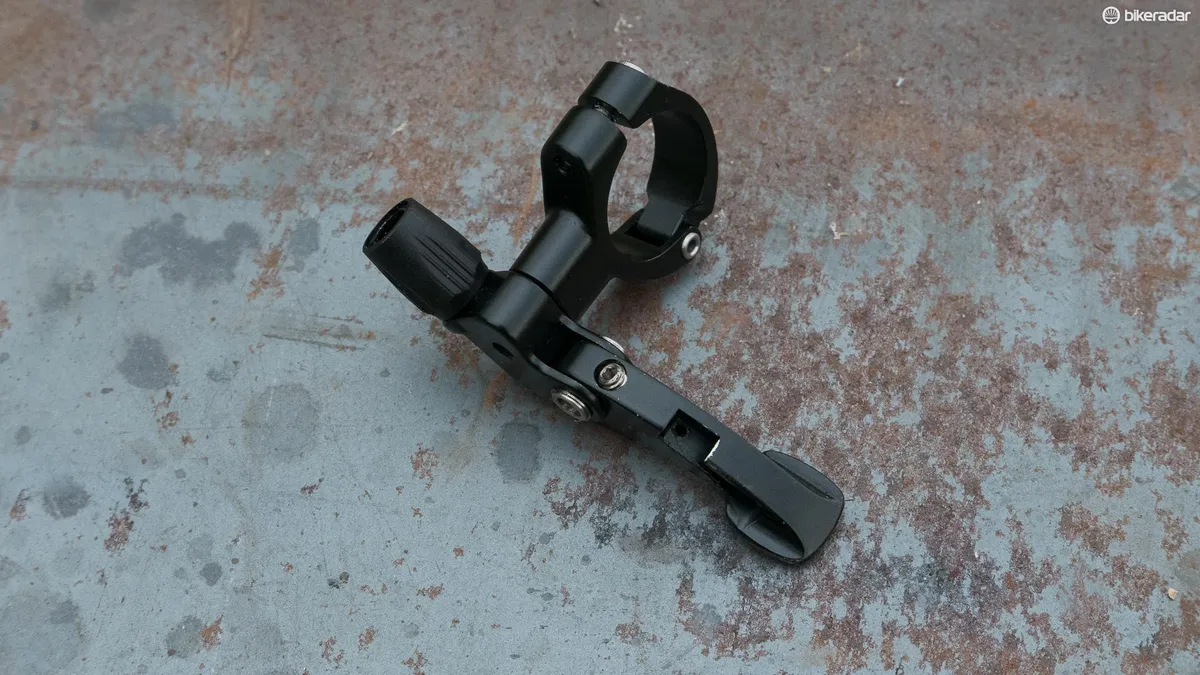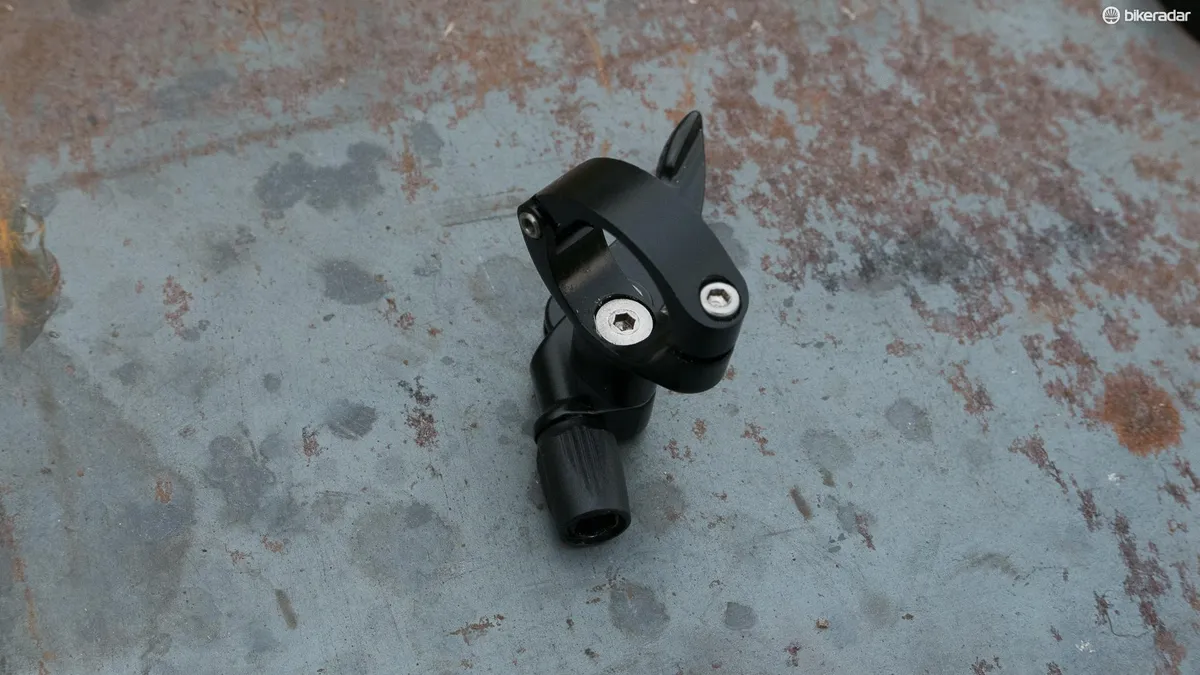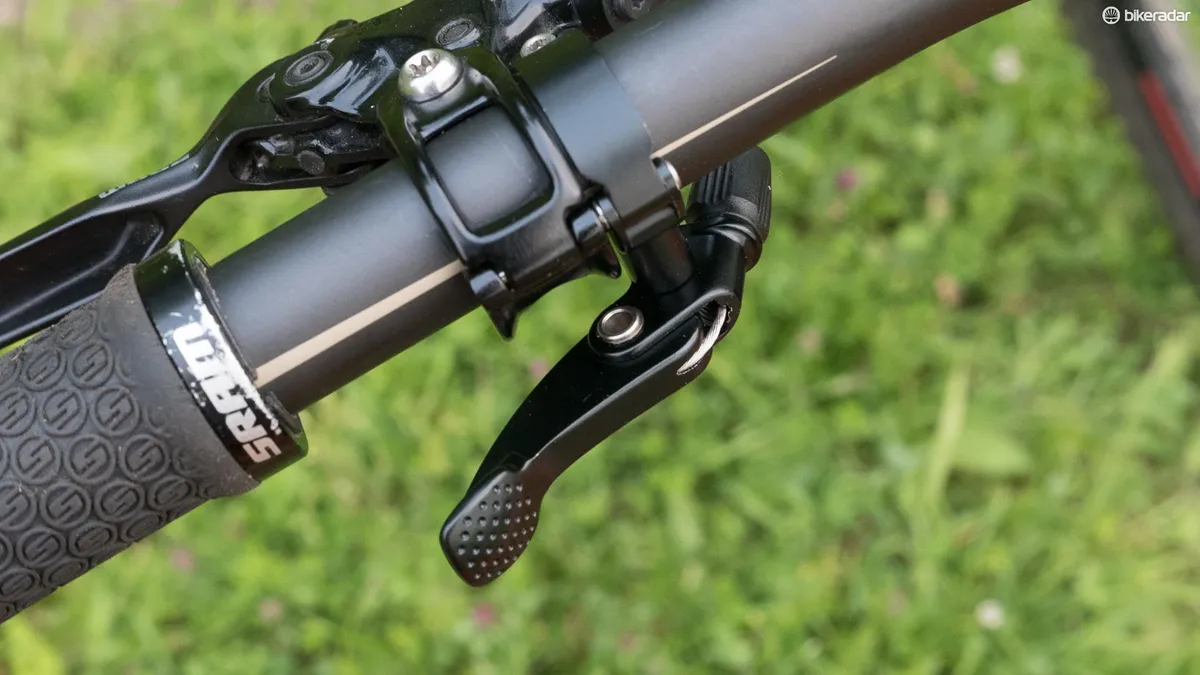Fox has long been sidelined in the dropper seatpost game, but the release of its new Transfer post could change all of that. We’ve been lucky enough to get our hands on an advance model for preview and test to see if it’s got what it takes to stand out in a crowded market.
While visually similar to the brand's old DOSS post, this is an all-new design, most notably in that it’s a stepless system. That means it can be set anywhere within its travel rather than the three fixed positions of old. It also uses a sealed hydraulic cartridge instead of the air-sprung, mechanically actuated DOSS. There are 100mm, 125mm and 150mm travel options and it’s available in either 30.9 or 31.6mm diameters.
- Interview: RockShox’ Jeremiah Boobar
- A longer-legged, longer lasting RockShox Reverb and Reverb Stealth for 2016
- Fox DOSS dropper seatpost – first ride review
You can also choose between a model with internal ‘stealth’ cable routing or one with an external routing on the lower of the post, which will be great news for anyone with an older frame. There are two styles of remote lever on offer, with an under-bar option designed for people running single-ring systems and a bar-mounted lever that’ll sync with anyone running a left-hand shifter. Both are much slimmer and neater than the rather clunky-looking remote seen on the DOSS.
Clever cartridge
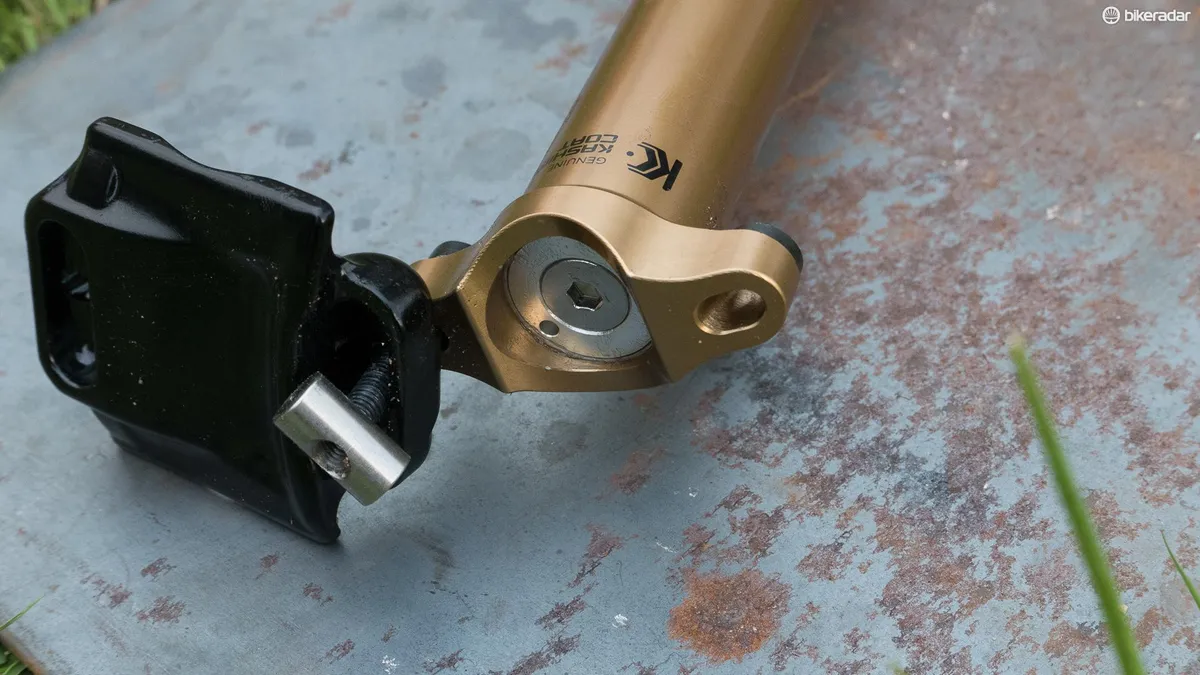
The really new stuff is, of course, hidden inside the post. All the hydraulics are in the upper section to keep the weight down, and Fox says the internals are much larger diameter than rival designs. This means that they can keep internal pressures lower, which they say results in better durability and also lower lever force.
Low lever force seems to have been a goal for Fox, something aided by a linkage on the cable actuation assembly of the internally routed model. The return speed on the post isn’t adjustable in the way that a RockShox Reverb is, but it can be modulated depending on how hard you press the remote. That’s achieved by using a 'spool valve', which controls the flow of oil through the internal ports.
The design also incorporates a pressure relief valve that helps compensate for changes in the oil volume at extreme temperatures and altitude changes, keeping the lever feel consistent. Fox also claims that it helps eliminate pressure spikes, leading to a more durable design.
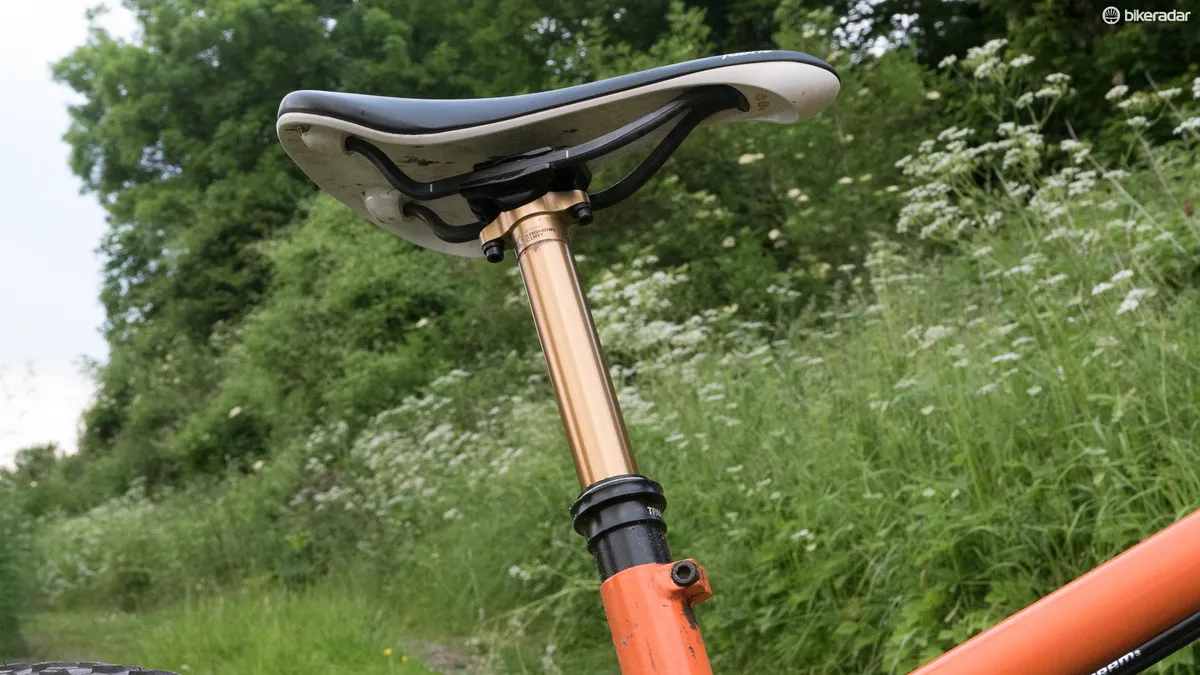
There are two levels of Transfer available: the top Factory model gets a shiny gold and super slippery Kashima coating on the upper shaft for £339 / $314, or alternatively there's the black anodised Performance series for £299 / $264. US prices don’t include the remote of your choice, which costs $65, but the UK distributor will be including the 1x under bar lever in the asking price and you’ll have to say if you’d prefer the multi-ring option.
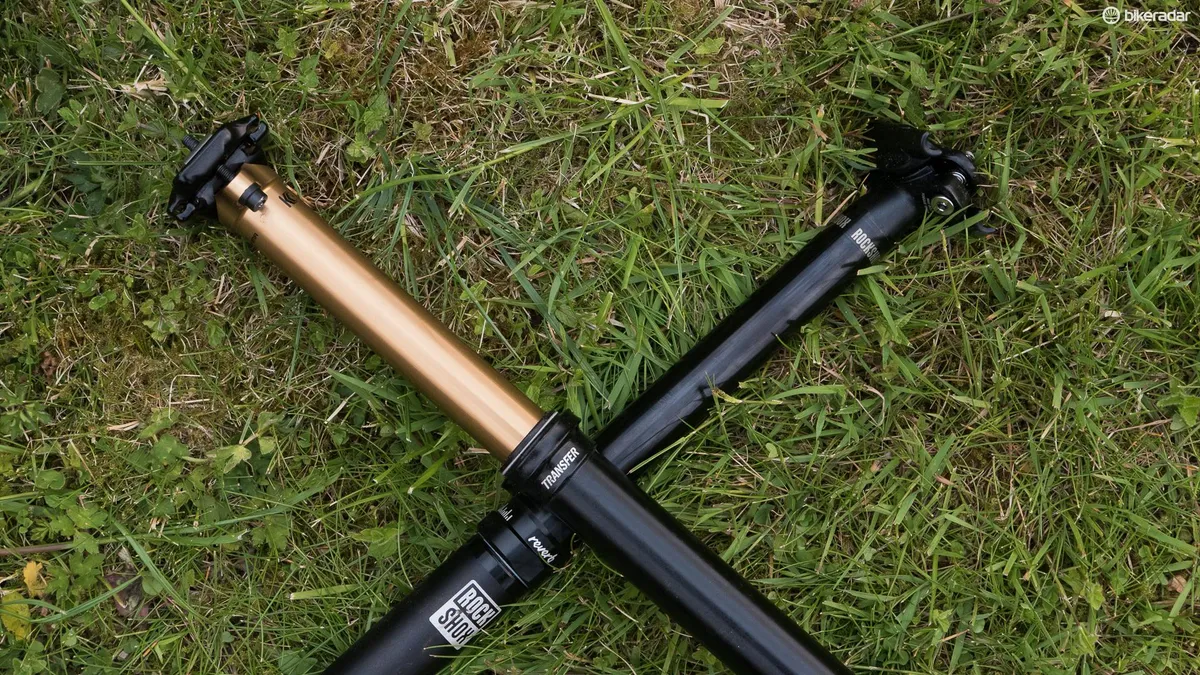
When it comes to weight, the post is competitive too. Our 150mm travel 30.9mm diameter post tipped the scales with cable and remote at 610g. That’s around 20g lighter than a 125mm travel Fox DOSS and about 40g heavier than a 150mm travel RockShox Reverb. The brand new 170mm RockShox Reverb is unsurprisingly around 60g heavier than the Transfer because of the extra length.
Ride impressions
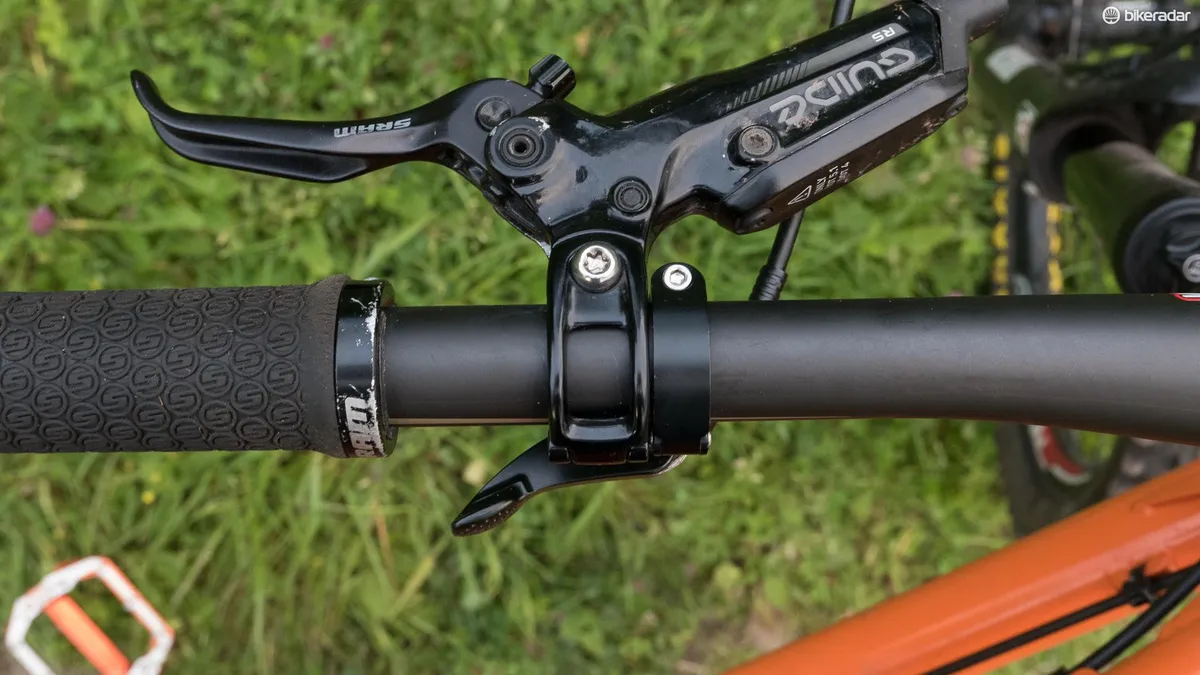
The post we tested was the internally routed Factory series model in 125mm drop. Fitting it was very simple, thanks to the fact that the cable end can quickly and easily be removed or attached from the actuation assembly. It’s a much better design than some other cable operated posts, which require you to attach the cable to the bottom of the post using a grub screw – something that's often infuriatingly fiddly. The Transfer’s cable is instead terminated at the remote lever, which makes it easy to remove the post from the frame without having to undo grub screws.

The twin bolt micro-adjust head is also nice and easy to adjust, sharing more than a passing similarity to Thomson’s well-proven design. It fitted fat carbon seat rails just fine and held them securely and silently.

We did most of our test riding with the under bar single ring lever, which I found a bit of a mixed bag. When run with SRAM brakes, it was a bit tricky to balance the position. On the inside of the brake clamps was too close and on the other side a touch too far. It does attach to the bars securely and there was next to no slop in it.
While the lever has a quality feel, I’d have preferred a larger lever area. Despite the dimpled surface, the small size meant that it was quite easy to miss when rattling about. While the old DOSS lever might have been an eyesore, it was almost impossible to miss and allowed you to keep a firm grip on the bars during use.
It isn’t bad relative to the competition, but it does highlight one of the undersung praises of the old model. Initially I found that at full depression, my thumb had a tendency to slip off because of the angle the lever ends up at, though after riding a while this became less of an issue as I got used to it and adapted accordingly. Whether this is an issue for you will come down to your bar setup and hand size.
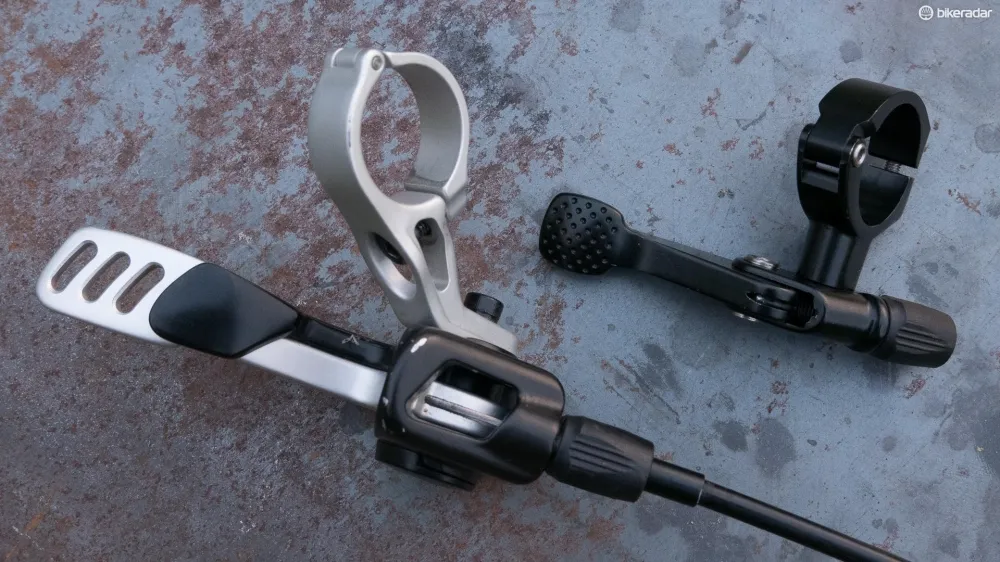
When it comes to the action, the Transfer is very nice and smooth indeed, with next to no perceptible stiction. Once you’ve got you head around the lever, it’s very easy to control the return speed and height. At maximum speed the post is very fast too, though not quite as dangerously fast as the old model, which could threaten the continued expansion of the human race. A not-over-scientific test showed that it returned at around the same rate as the new RockShox Reverb at maximum speed. The Transfer also tops out with an audible clunk, which works well to let you know it’s at full extension.
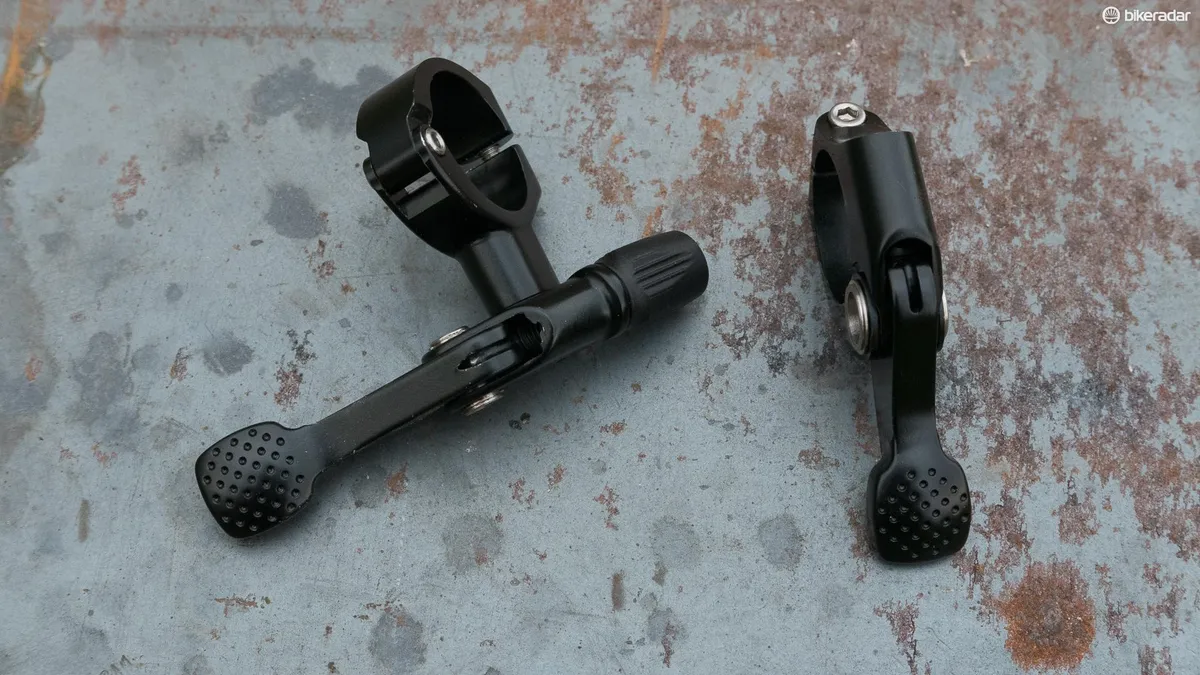
There’s no side-to-side slop or sog in the post, though only time will tell if this develops. In terms of durability, I simply haven’t spend enough time on the Transfer to draw any useful conclusions, so this will get an update after a solid summer and autumn of riding in UK conditions.
A promising post
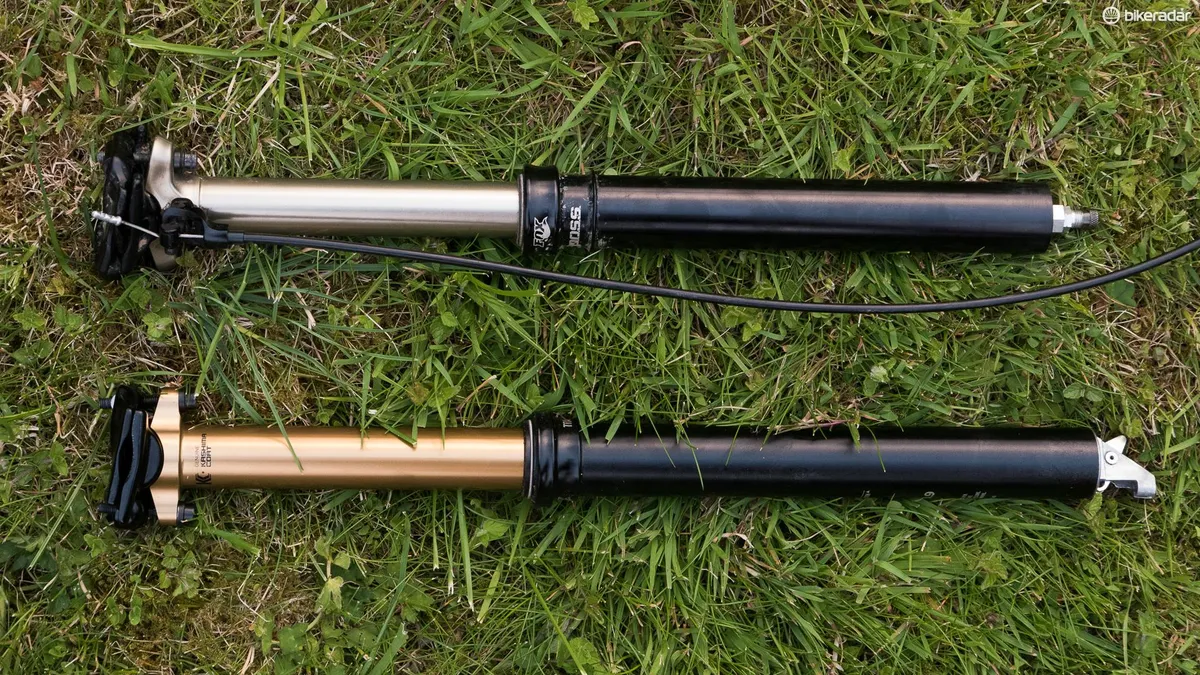
Overall, the Transfer looks to be a step in the right direction. It’s easily a match for the best on the market in terms of refinement and build quality and it’s competitive in weight and price. Taller or longer legged riders might miss the 170mm travel that the benchmark RockShox Reverb now offers, but for most people 150mm is sufficient. Whether the Transfer has the cockroach-like staying power of the DOSS is something only time will tell, but Fox finally has a post that has the features and technology to take on the competition.
